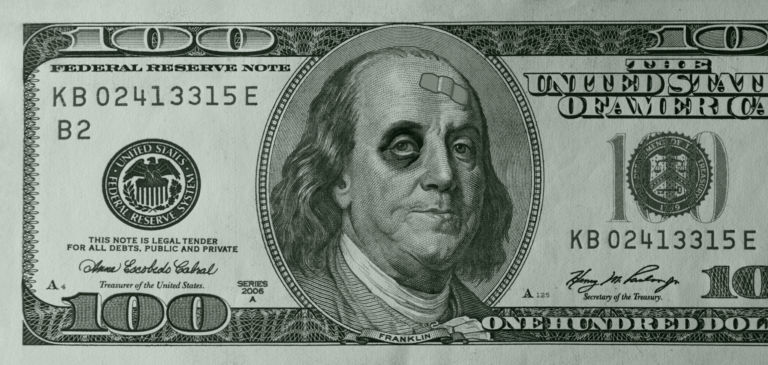Editors at National Review Online offer advice to the Federal Reserve.
Democrats have wanted to take a victory lap on inflation for a while now, with many in the media more than willing to join them. We were never fooled. Yesterday’s inflation report provides more evidence that the U.S. still isn’t out of the woods on inflation, and the Federal Reserve must stick to its tighter monetary policy.
Consumer-price inflation was 3.1 percent year over year in January, according to the Bureau of Labor Statistics. That’s still well above the Fed’s stated goal of 2 percent in the long run. And annual inflation has been stuck at 3 percent or above for eight consecutive months now.
Removing the volatile categories of food and energy yields an even worse annual inflation rate of 3.9 percent. The energy component of the consumer-price index is still negative year over year, so it is pulling overall inflation down, not pushing it up as it was when inflation was rising. That means if something changes in the energy market (anyone’s guess as to what that might be) and prices start to rise, overall inflation will begin to take off again. And the Fed can’t blame the rascally energy market for its continued failure to hit its inflation target.
The decline in inflation that began in the summer of 2022 has petered out. If inflation continues to hang around 3 percent, expect increasing pressure from some quarters to redefine the inflation target. A 3 percent inflation target has been proposed in the past, but it is not a solution.
There’s nothing magical about the number 2, but credibility is vital for a central bank. The Fed set its target at 2 percent, and Jerome Powell has maintained that that is the target in basically every public utterance he has made. To abandon that target now would be to admit that the Fed will allow itself to be swayed by, well, nothing — unemployment remains low, and there hasn’t been a recession.


